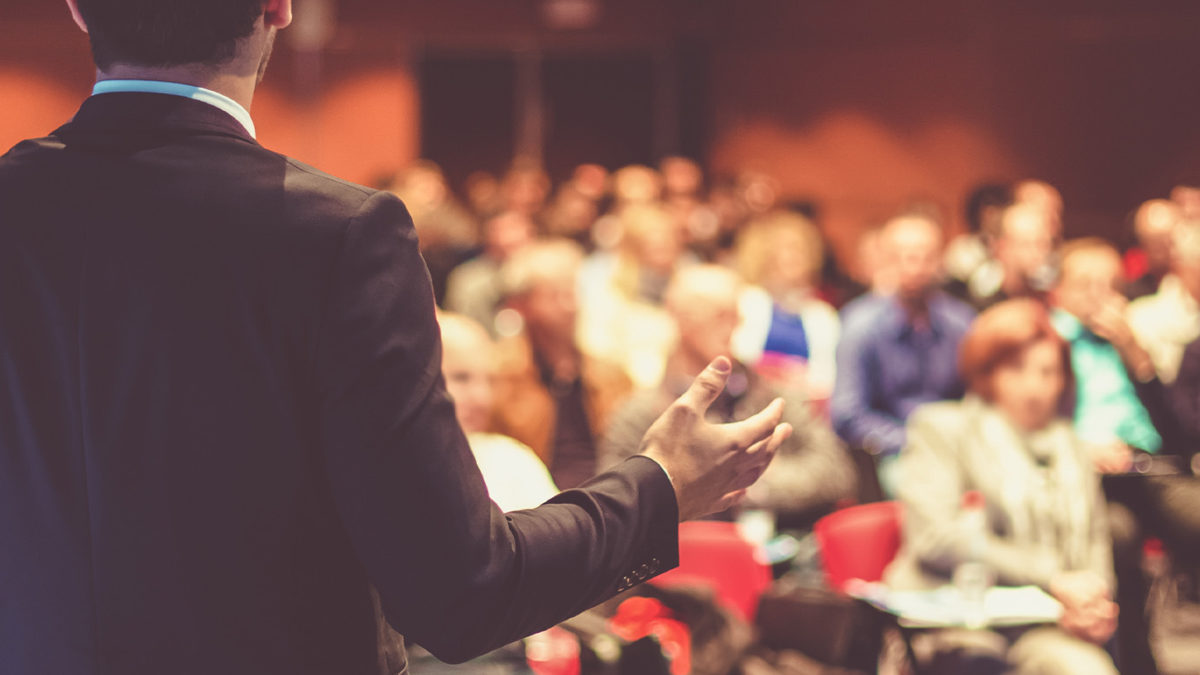Lecturer: Mr. Hidehiro Kawakami, Managing Director, RGC Corporation (Ryukyu Glass Village)
The 6th online seminar, “The Future of Glass in Okinawa: Ryukyu Glass Continues to Move with the Changing Times” was held on June 27.
Takahisa Fujii, Representative of Board of the association presented the outline and future plan of the association with the title of “To Realize Hinomaru Solar Reborn”. Mr. Hidehiro Kawakami, Managing Director, RGC Corporation followed to lecture about “The Future of Glass in Okinawa: Ryukyu Glass Continues to Move with the Changing Times”.
*Mr. Kawakami kindly guided us to show us around when the Glass Subcommittee of the PV Reborn Association visited Okinawa in April of this year.
Mr. Kawakami explained in detail about the types of glass, the technique and history of Ryukyu glass, and the recycling and upcycling of glass, saying, “Ryukyu glass, which has been handed down for about 110 years, is designated as a traditional craft by the prefecture but is not recognized as a traditional craft by the Ministry of Economy, Trade and Industry.” He also explained that the molecules that make up glass do not fit together in a regular state, so at the molecular level it is close to a liquid, and recent research suggests that it is an unknown substance that combines both of these properties.
-Types of Glass
There are soda glass used for window glass, crystal glass containing lead, borosilicate glass (heat-resistant glass), and high-purity quartz glass used for optical fibers. The property of expansion and contraction is expressed by the coefficient of expansion, and different expansion coefficients are used for different types of glass. The main raw materials of soda glass are 70% silica sand, about 15% soda ash (sodium carbonate), and about 10% lime (calcium carbonate).
-Ryukyu Glass Technique and History
Ryukyu glass is made using the “chubuki” technique, in which molten glass is wound around the end of a rod and a breath is blown into the rod, a technique that dates back to Italy 2000 years ago. The handmade glass has warmth, can be produced in small lots, and is relatively thick, making it suitable for daily use. Mr. Kawakami also talked about the history of Ryukyuan glass, saying that glass was introduced to the Ryukyu Kingdom in the 14th century, and that it was first manufactured at the Okinawa Glass Works in 1909, and that after the war, the Okinawa Glass Factory was reopened to manufacture glass reusing cola bottles and beer bottles. Demand has shifted from the residents of the prefecture to the U.S. military stationed in Okinawa, and then to tourists after the reversion to mainland Japan. Currently, there are more than 30 studios, and they are seeing a trend toward art, a trend toward recycled glass, such as the Mado series that uses car glass, and a trend toward recycled glass that goes back to its roots, as well as a wide variety of other developments.
-Recycling and Upcycling
While recycling and upcycling discarded glass into products, such as glass making from discarded bottles after the war and, in the future, reusing glass for home appliances, automobiles, and solar panels, he stated that Okinawa needs to carry on this historical technology. He feels the need to analyze composition, develop a market outlet, develop colors, and create crafts and objets d’art by fusing different materials, all-Japan efforts, in the form of industry-academia-government collaboration, working with companies, and regional cooperation. In addition to glass containers, he has also begun research on applications such as soil improvement and chemical injection materials using silicon, aiming for a society in which glass materials can be recycled.
After the lecture, Mr. Kawakami and Fujii continued the discussion based on the content of the lecture.
Mr. Kawakami again expressed his view that it is necessary to study the possibility of using glass not only for remolding but also for use as silicon.
He also mentioned that the resin component used in car windshields may emit toxic gases during melting, and mentioned the need for removal of foreign substances and pretreatment, along with the use of the glass as silicon.
A participant also asked what kind of awareness the participants had of possible health hazards when glass is recycled and used as containers.
Mr. Kawakami replied, “It must meet the standard of the Food Sanitation Law. When used as containers, we conduct elution tests to ensure that selenium, cadmium, and lead are not dissolved in the liquid inside, and the material can be reused as building materials or art objects in addition to containers.”
